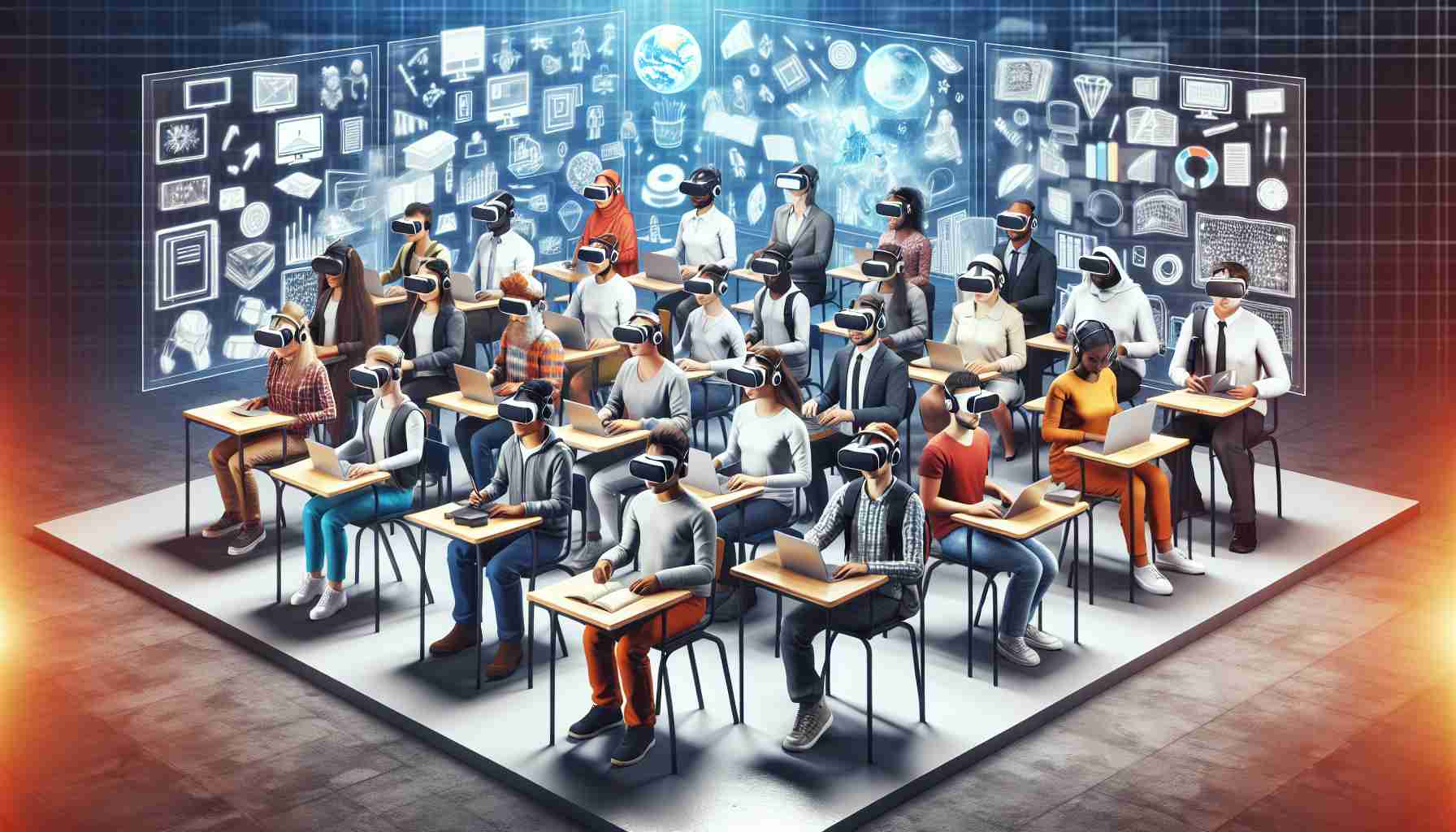Virtual reality (VR) is quickly gaining popularity in the field of education. Educators are exploring innovative ways to integrate VR technology into the classroom setting to enhance learning experiences for students.
VR holds the promise to revolutionize traditional teaching methods by providing immersive and interactive opportunities for students to engage with educational content. The use of VR technology in education opens up a whole new world of possibilities for educators to create engaging and dynamic learning environments.
While some embrace VR with enthusiasm, others express concerns about accessibility and equity in education. There are valid worries that VR adoption in schools may further exacerbate existing disparities in educational opportunities between affluent and underserved communities.
Despite the debates surrounding its implementation, the potential benefits of VR in education cannot be overstated. From virtual field trips to hands-on simulations, VR has the power to transform the way students learn and interact with complex concepts. As educators continue to explore the possibilities of VR in the classroom, the future of education looks more exciting and dynamic than ever before.
The Rise of Virtual Reality in Education: Exploring New Dimensions
Virtual reality (VR) continues to make significant strides in the realm of education, offering a plethora of benefits and opportunities for both educators and students alike. As the technology continues to evolve, new insights emerge that shed light on the potential of VR to revolutionize the educational landscape.
Key Questions:
1. How can VR be effectively integrated into the curriculum across different subjects and grade levels?
2. What are the implications of VR on traditional teaching methods and pedagogical approaches?
3. How can educators ensure equitable access to VR technology for all students?
Answers and Insights:
1. Educators can leverage VR to provide hands-on experiences in subjects like science, history, and even arts, allowing students to explore concepts in a more immersive manner.
2. Traditional teaching methods may need to adapt to accommodate the interactive and experiential nature of VR, fostering a more engaging and dynamic learning environment.
3. Ensuring equitable access to VR technology involves addressing issues of cost, infrastructure, and training to maximize its benefits for all students.
Challenges and Controversies:
1. Cost: Implementing VR technology in schools can be a significant financial investment, raising concerns about budget constraints and resource allocation.
2. Safety and Health: There are ongoing discussions about the potential impact of prolonged VR use on students’ health and well-being, especially in younger age groups.
3. Ethical Considerations: As VR becomes more integrated into education, questions about data privacy, content regulation, and digital citizenship are vital aspects to consider.
Advantages and Disadvantages:
– Advantages:
– Enhanced Engagement: VR offers a unique opportunity for students to actively participate in the learning process, improving retention and comprehension.
– Experiential Learning: Virtual simulations enable students to explore complex concepts in a hands-on and interactive manner, facilitating deeper understanding.
– Disadvantages:
– Technical Challenges: Overcoming technical issues such as system compatibility, hardware maintenance, and software updates can present hurdles for educators.
– Potential Isolation: Excessive reliance on VR for educational purposes may lead to social isolation and a disconnect from real-world interactions.
As VR continues to shape the future of education, addressing these challenges and harnessing its potential can pave the way for a more inclusive, engaging, and effective learning experience for students of all backgrounds.
Suggested related link: Edutopia
